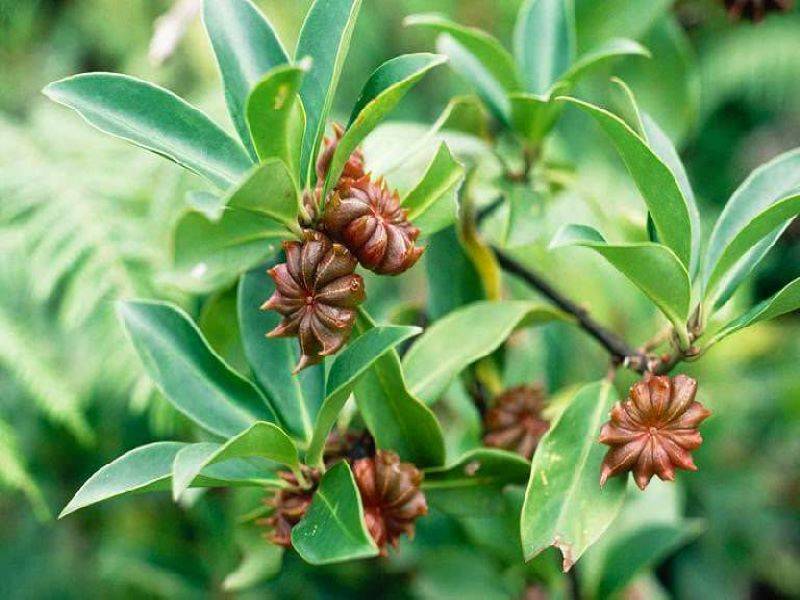
It’s in your kebabs, biryani, your perfect morning cup of chai, and even your sweet kheer! It’s warm, sweet and spicy flavour adds the perfect note to any dish, including dinner & dessert! Meet the star of all spices - Star Anise.
What Is Star Anise?
Star anise is popular spice known for its odor and useful medical properties. Star anise (Illiciumverum Hook) is a species of magnolia family, is shaped like a star, and has an average of eight points with each containing a single pea-sized seed. Both the seeds and the pod are used in cooking and contain the sweet, potent anise flavour.
Arunachal Pradesh is the 'star' of India
Most of the world’s Star Anise crop comes from China. In India, the sole state that produces the spice is Arunachal Pradesh, where the soil and climate conditions are good for its growth. Known as 'Chakra Phool' in Hindi, Star Anise is sold whole as well as in powder form. Since the production is annual and constrained, thanks to its specific growing necessities, the price of the full spice is relatively higher as compared to other spices.

Here's a beginners guide to growing Star Anise:
Cultivation Method
Star anise seeds are sowed in spring within the greenhouse, and need moisture-retentive, however well-drained soil and partial shade. The trees are short and compact, and its fruit grows 0.3 to 0.6 m. Seeds grow best within the temperature vary of 18–20 C. Seeds can be sown in pots placed within the greenhouse or directly outside in the field if weather permitting.
Growth Necessities
Position - Star anise need partial sun so pick a placement which is not exposed to cold and dry winds.
Soil - Humus and compost rich soil with loamy and well drained texture is best for growth. In addition, slightly acidic to the neutral soil is perfect for growth.
Watering - Regular watering and keeping the soil slightly moist is a must for growing star anise. The watering should only be reduced in winter.
Plant Care
Fertilizer - The only fertilizer the plant requires is a 3-inch thick layer of compost or aged manure on the ground, surrounding the tree.
Pruning - There are not any special pruning necessities, however if you want to create a bushier plant, pinch and prune it within the early stages of flowering. However, dead, diseased or weak elements of the plant ought to be cropped as needed.
Harvest - Star anise fruits are picked unripe while they are still green in colour. They’re then sun-dried until their colour change to reddish-brown. Seeds can be removed once the fruits are ready to be preserved. The tree takes a minimum of 6 years to fruit if grown from seeds.
Pests and Diseases
Here comes the simplest part! There aren’t any specific pests or diseases that bother the plant because it in itself has antibacterial and pest repellent properties.
















